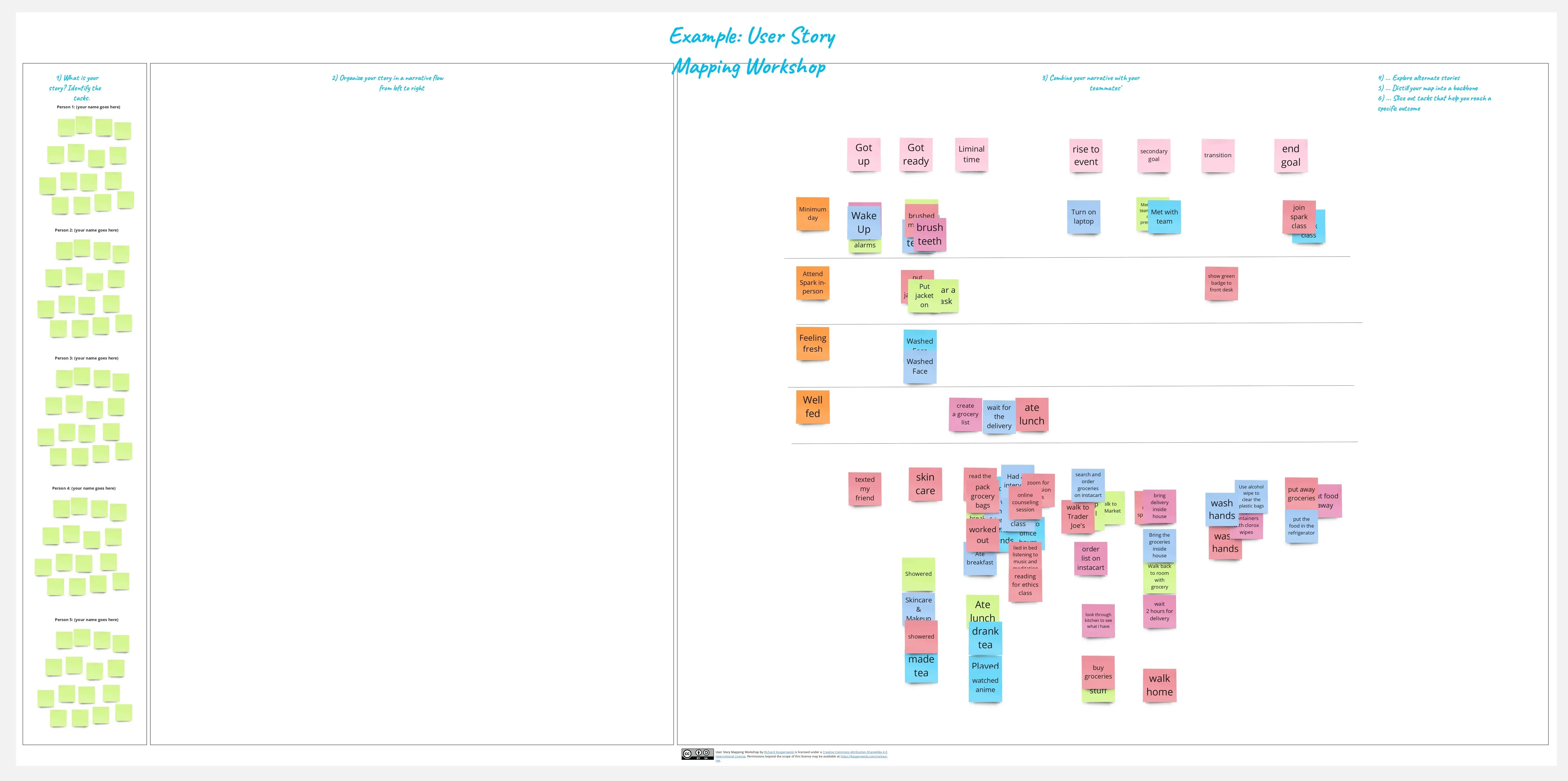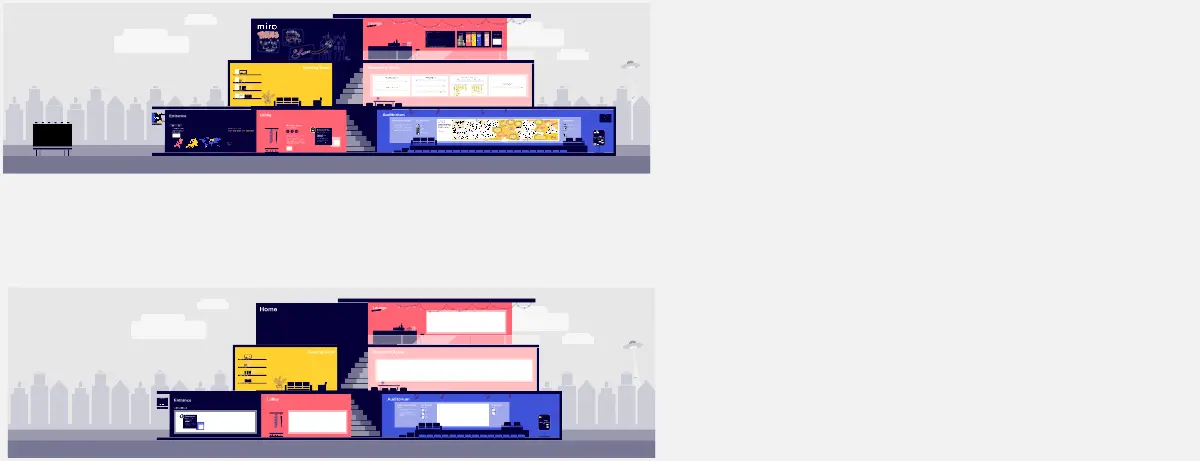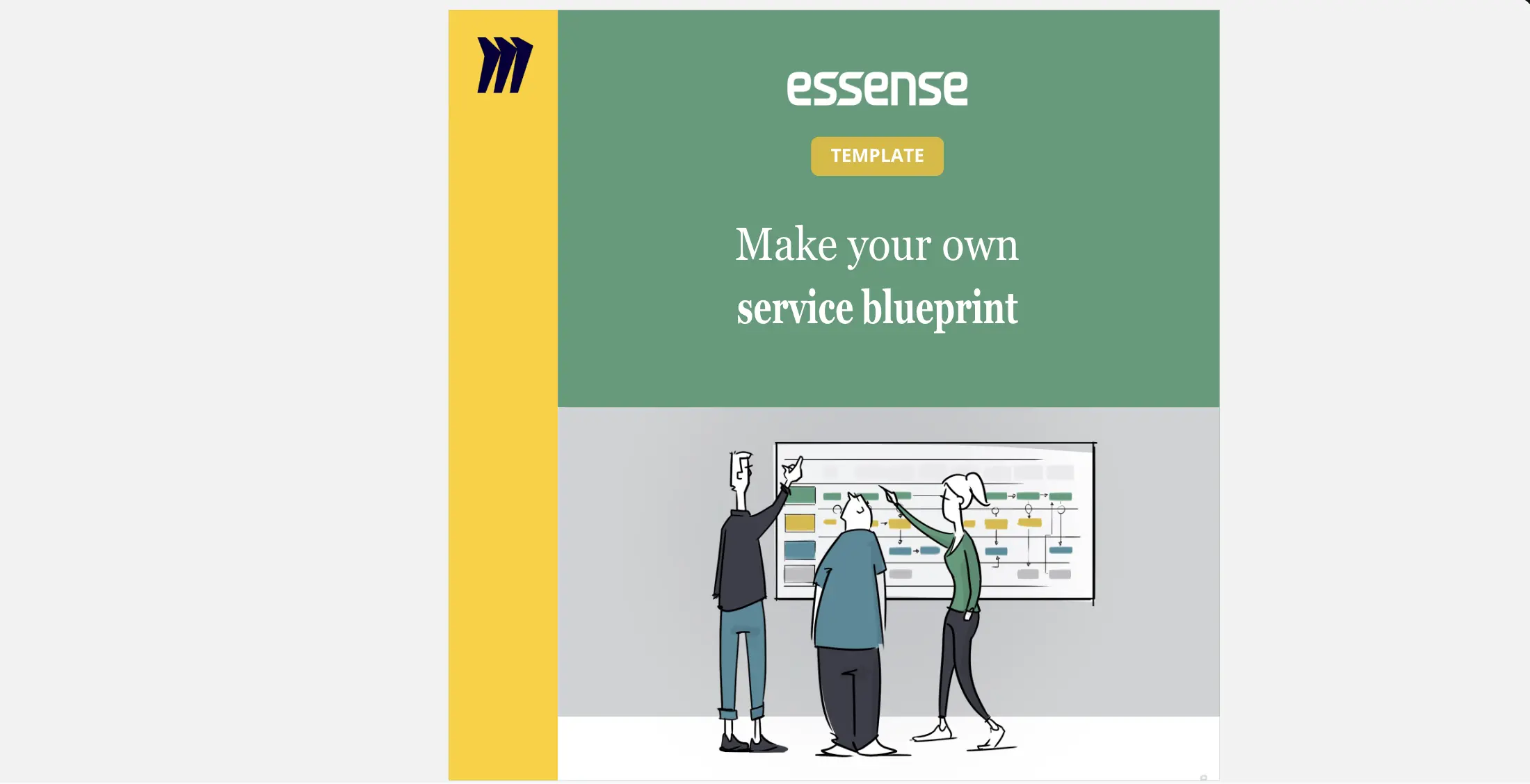What is customer-centric prioritisation?
Rather go to the store to get some groceries or order online? Bike through the rain, or go by public transport? Optimise the check-out or design a completely new landing page?
In life or at work, we are constantly making choices and rapidly weighing up the pros and cons in our heads. Making these choices is therefore often unconscious, not entirely thought through and incomplete. Perhaps most importantly, it is subjective.
When a choice has to be made in a business context, it is therefore almost impossible to objectively capture all possible factors. Arguments are put forward and rationalised from an individual's frame of reference and from here, priorities are set. The trick is to make this transparant and collaborative. Only then we can prioritise customer-centric.
With customer-oriented prioritisation, both the process and the outcome are of value to those involved. The scorecard is a means to an end, and not a goal itself.
The focus is on formulating opportunities based on the needs of the customer, whereby various disciplines are involved that are necessary to meet these needs.
In order to determine which opportunities should be tackled first (given priority), we use the scorecard to give values from complementary customer and business perspectives.
Why should you prioritise customer-centric?
To facilitate a dialogue between different disciplines
To give a voice to the customer
To establish a collective understanding of opportunities, goals and ambitions
To make criteria and variables that determine the priority transparent
Rule of TOM
There are three basic principles that guide the customer-centric prioritisation and ensure the process towards an excellent customer experience:
Together - You only prioritise customer-oriented when you do that together
Open - Determine what to prioritise so that subjectivity can be discussed
Mandate - Determine who will take responsibility and guide execution
Customer-centric prioritization in 7 steps:
Collect insights
Identify the opportunities
Create the scorecard by use this of template with key stakeholders
Organise a prioritisation session with relevant stakeholders
Start the discussion by scoring the opportunities (individual)
Discuss the score cards together
Plot the final outcome on customer value (x-axis) versus business value (y-axis)






